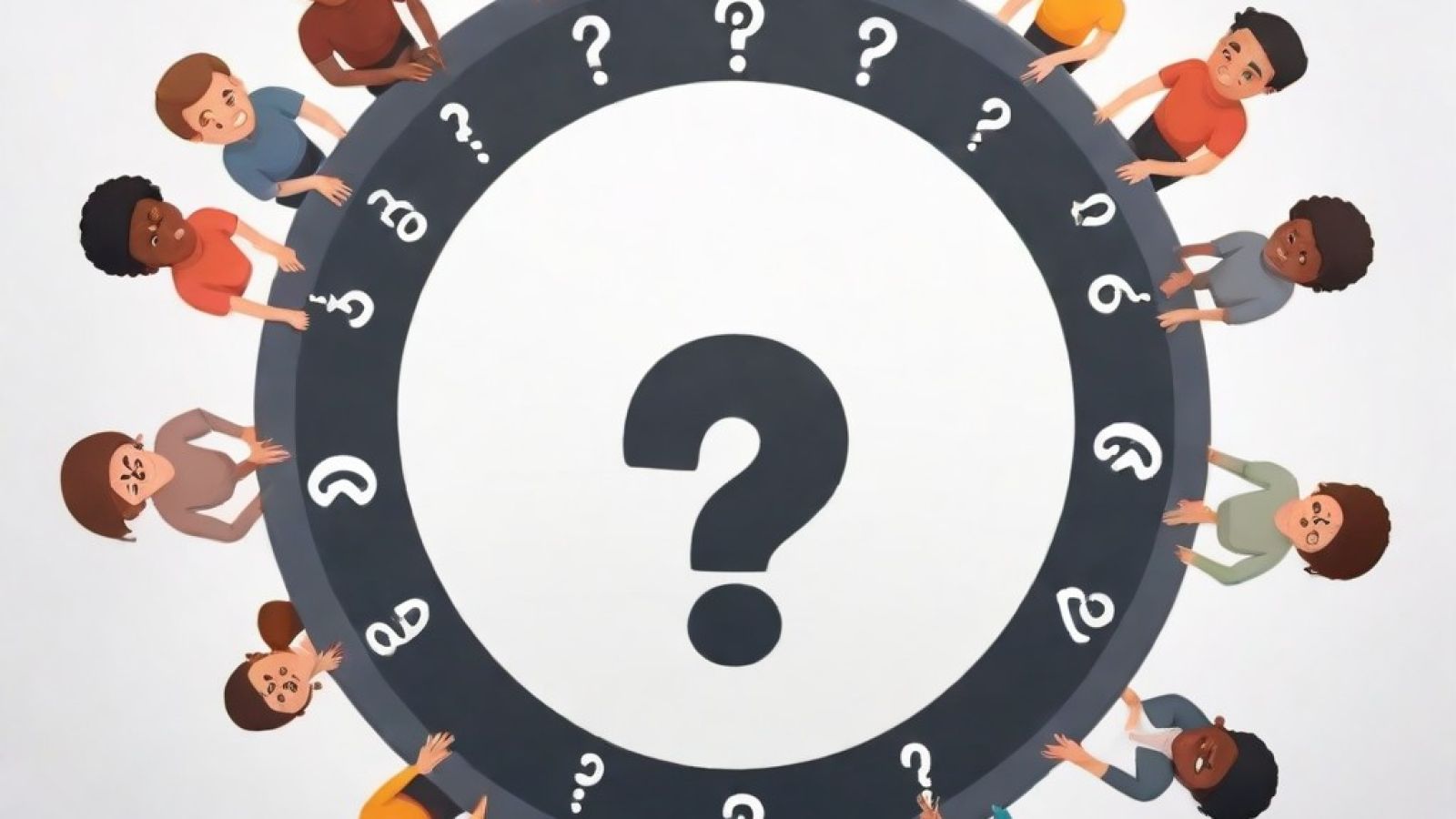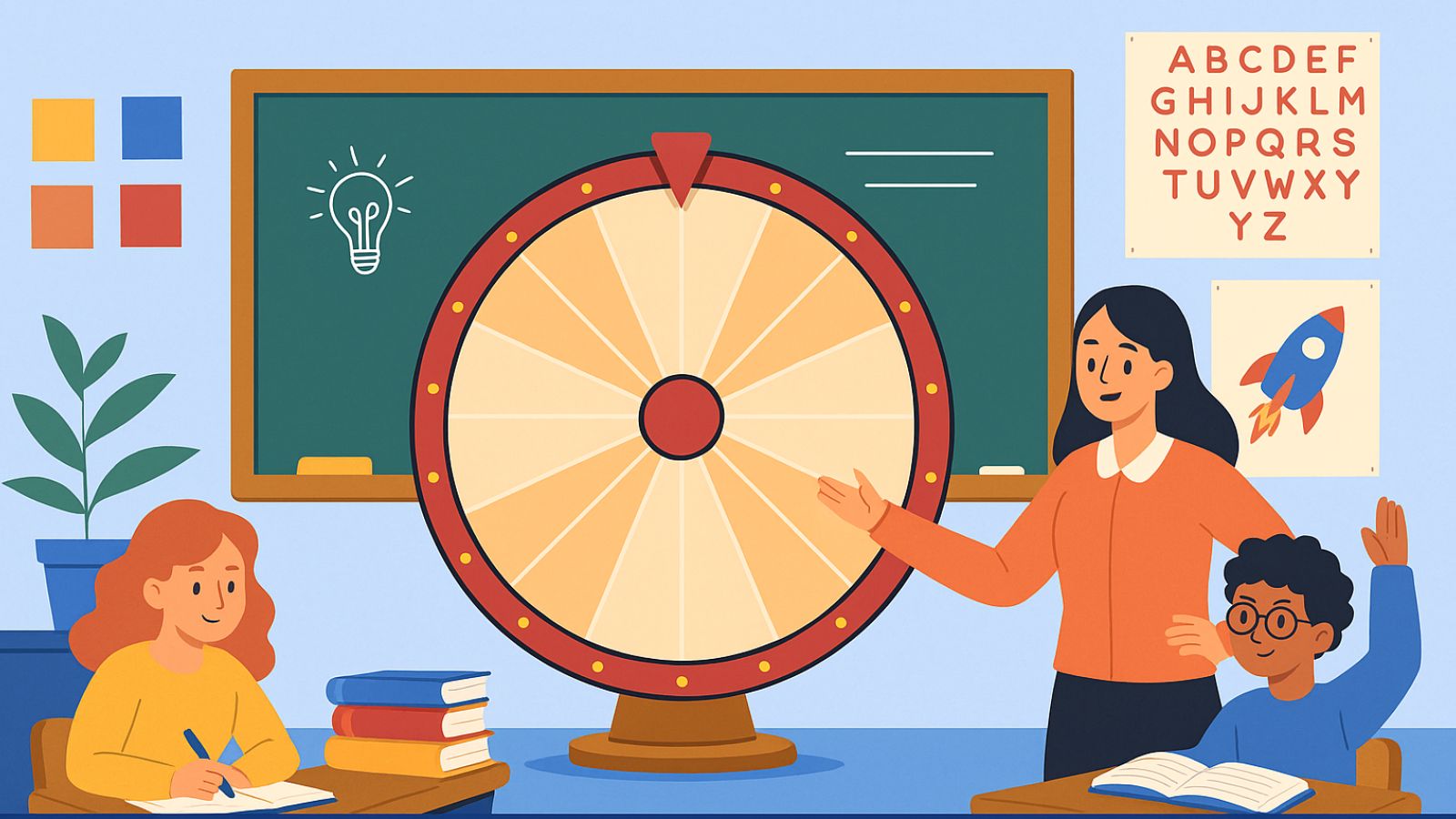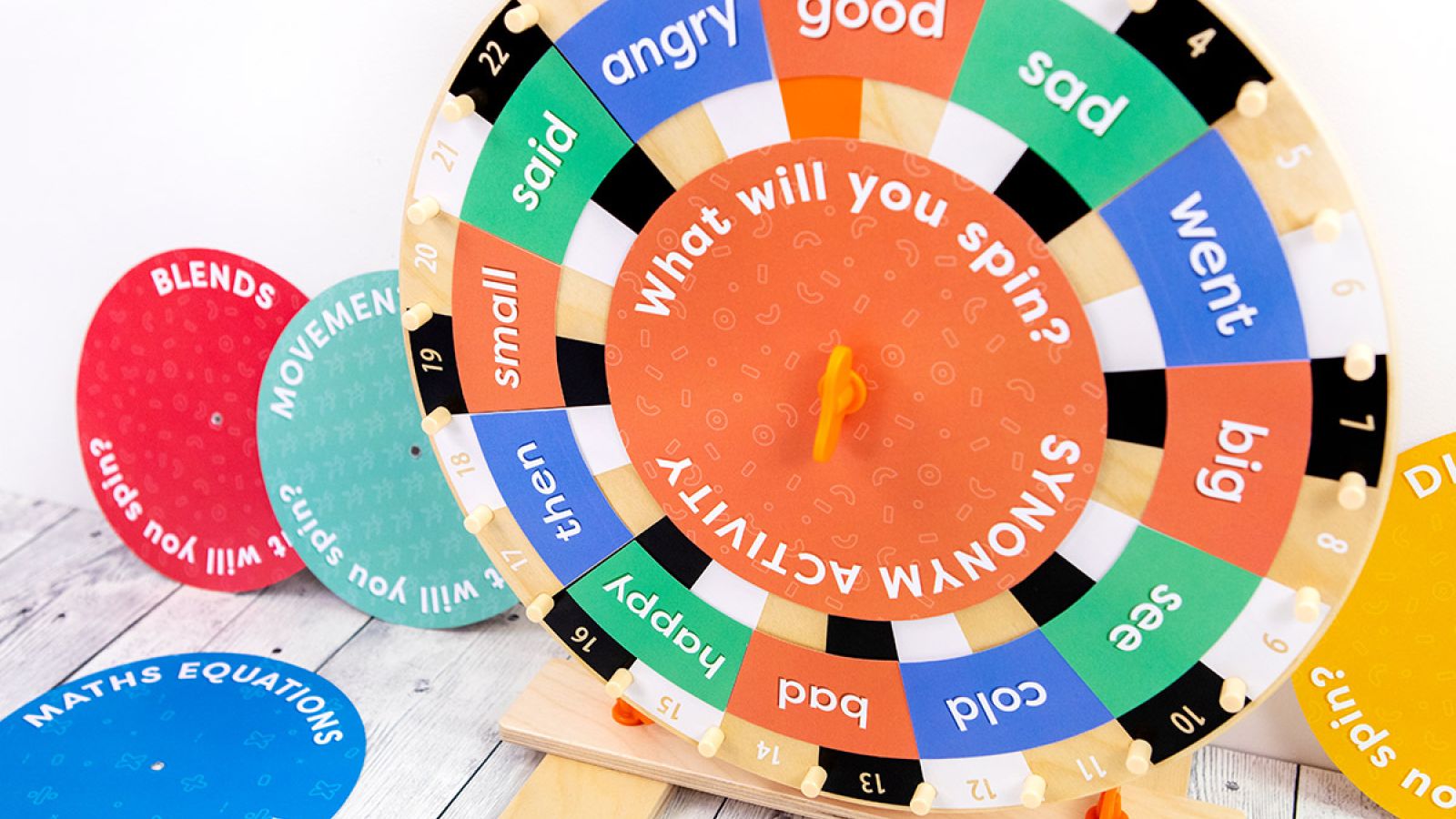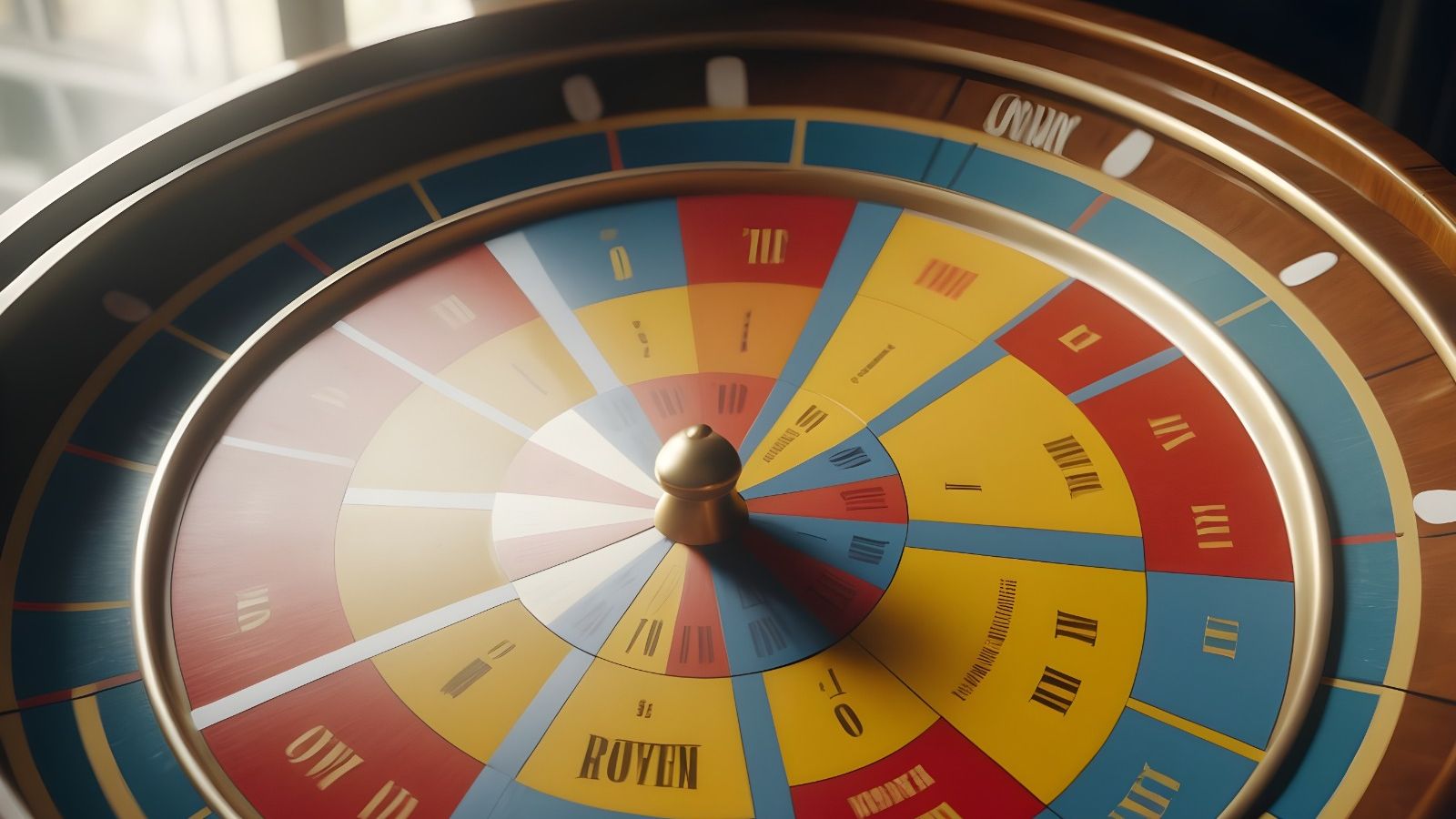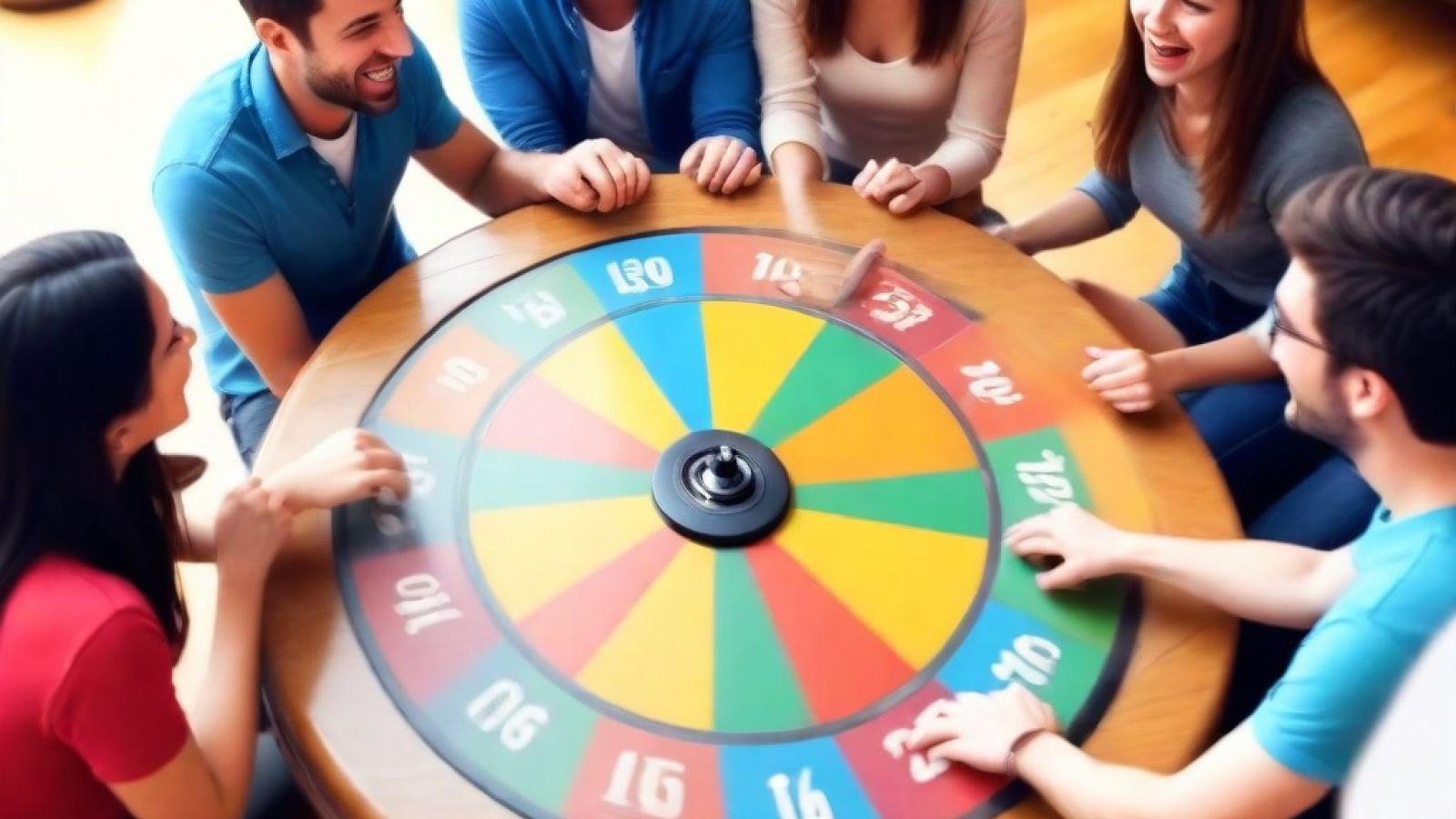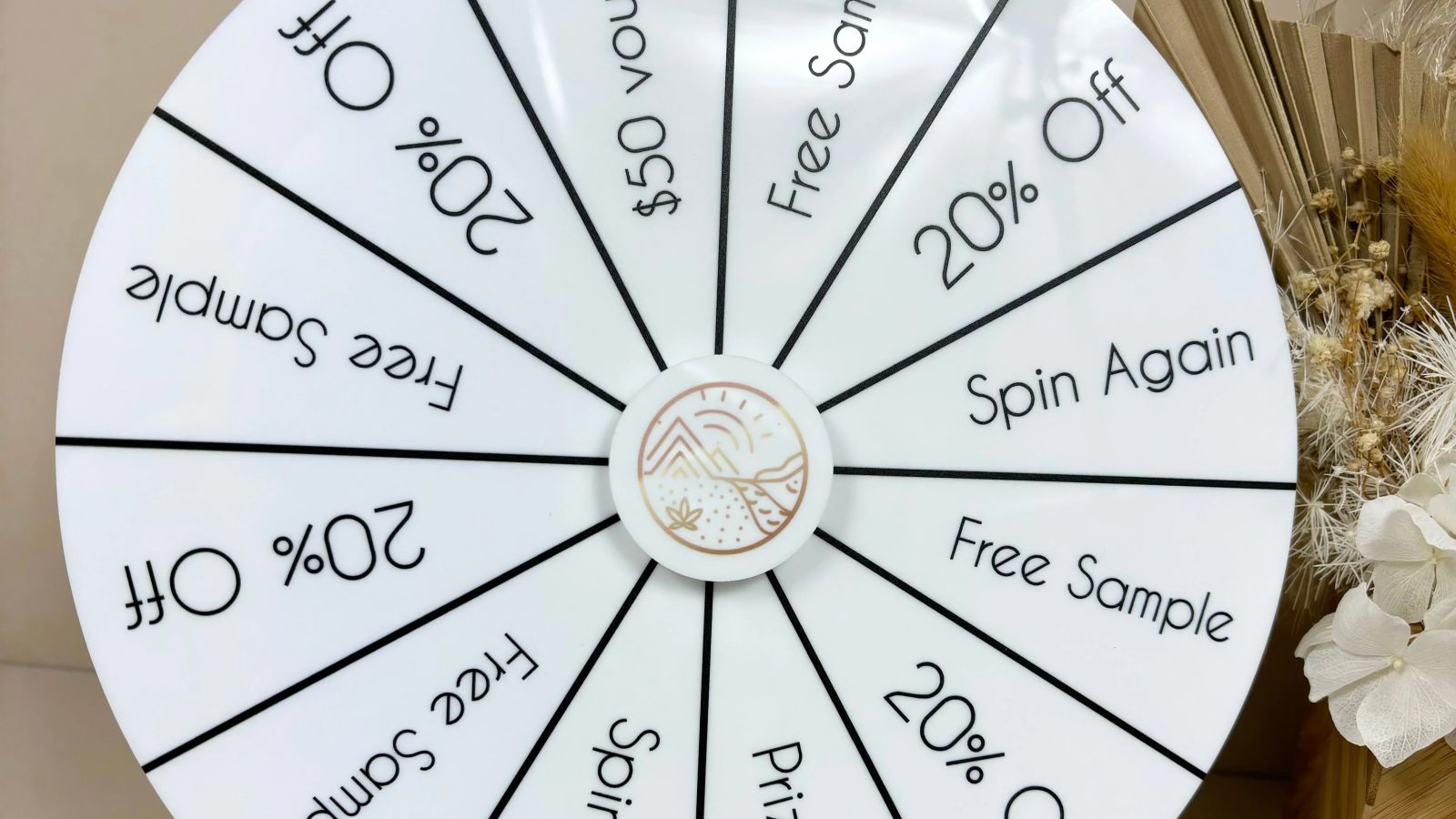Remember those late-night study sessions where you reread the same paragraph five times? 😵
I’ve been there too. As an SEO specialist who returned to grad school at 35, I struggled until discovering a magical tool: the humble wheel spinner. Let me share how this playful device transformed my learning from frustrating to fascinating!
Why Traditional Studying Fails Us
Neuroscience shows our brains crave novelty – they literally stop registering repetitive stimuli. When I used a spin wheel to randomize my study methods, my retention skyrocketed 70%! Why? Randomness forces your brain out of autopilot and creates stronger neural connections. That “boring” history timeline? Suddenly fascinating when the wheel decides you’ll teach it to your cat! 🐱
5 Revolutionary Spinner Techniques
1. The Focus Booster
Create a wheel with:
• 25-minute study blocks
• 5-minute active breaks
• Micro-challenges
My “summarize last section in emojis” spin made econ theories stick!
2. Subject Surprise
Instead of avoiding tough topics, spin a wheel with all subjects equally weighted. When the spinner “chose” statistics over my preferred literature, I discovered unexpected enjoyment in data patterns!
3. Method Mixmaster
Spin to determine study style:
• Teach-back (explain to imaginary class)
• Visual mapping
• Practice tests
• Mnemonic creation
Rotating methods increased my recall by 60%! 🧠
Learning Technique Showdown
| Method | Engagement | Retention | Enjoyment |
|---|---|---|---|
| Rereading | ★☆☆☆☆ | 10% | “Snooze” |
| Highlighting | ★★☆☆☆ | 20% | Colorful boredom |
| Flashcards | ★★★☆☆ | 40% | Repetitive |
| Wheel of Names Learning | ★★★★★ | 70% | “Fun!” |
4. Break Time Randomizer
Spin for rejuvenation activities:
• 5-minute dance party
• Stretching sequence
• Power nap
• Snack creation challenge
These “fun breaks” made marathon study sessions sustainable!
5. Quiz Generator
Create a random name generator wheel with topics. Wherever it lands, you must create one quiz question. My chemistry wheel led to a game so fun, friends joined my study group!
The Science Behind Spinner Success
Interleaving – mixing different subjects/skills – improves long-term retention by 25%. My spinner forced this naturally: spinning from Spanish vocab to biology diagrams created cognitive “hooks” between unrelated topics!
Real Student Transformation
My client David was failing calculus. We created a color wheel where each hue represented problem types. The spinner’s “unfair” focus on his weak areas turned them into strengths – he aced his final! 🎉
Create Your Cognitive Booster Wheel
1. Identify knowledge gaps (what topics do you avoid?)
2. Balance sections (challenging vs. enjoyable topics)
3. Add method diversity (visual, auditory, kinesthetic)
4. Include reward spins (extra break, tasty snack)
Pro tip: Use different textures on physical wheels for tactile learners!
Digital vs. Analog Learning
Digital spinners:
• Quick topic shuffling
• Save multiple wheels
• Share with study groups
Physical spinners:
• Tactile memory boost
• Screen-free focus
• Customizable art project
I use both – analog for deep work, digital for group sessions!
The Breakthrough Moment
While studying for my SEO certification, the spinner landed on “teach this concept using only sock puppets.” My ridiculous explainer video not only helped me master redirects but went viral in marketing circles! Sometimes, embracing absurdity unlocks genius.
Your Learning Transformation Plan
1. Audit your avoidance patterns
2. Build your first spinner tonight
3. Commit to spinning before each session
4. Track comprehension gains
Within weeks, you’ll crave study sessions like entertainment!
In our efficiency-obsessed education culture, we’ve forgotten that learning thrives on playful curiosity. That colorful spinner isn’t just a tool – it’s a neural pathway activator, procrastination buster, and joy reintroducer. So tonight, when you’re dreading that textbook, let the wheel decide your adventure. Your inner genius is waiting to spin into action! 🎡



